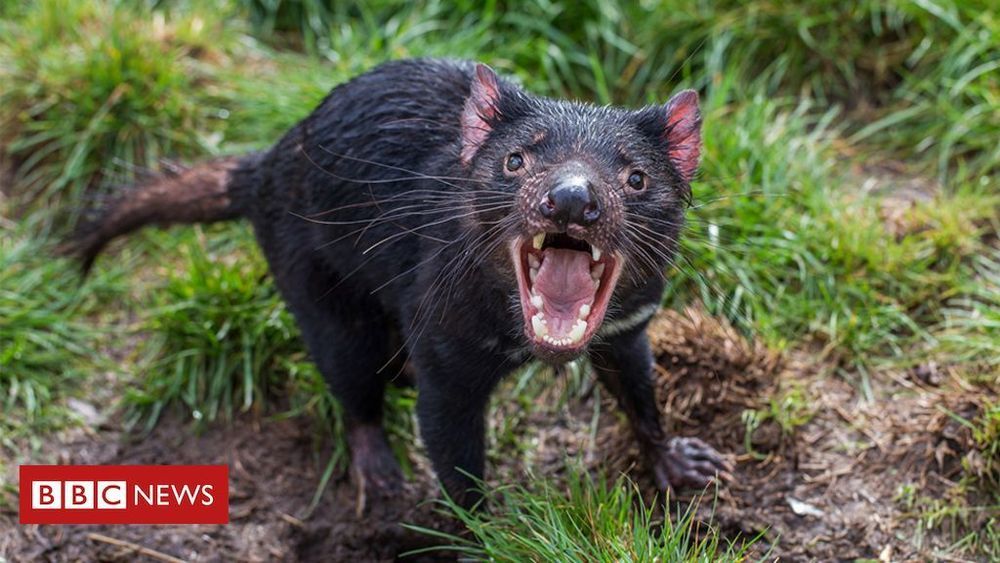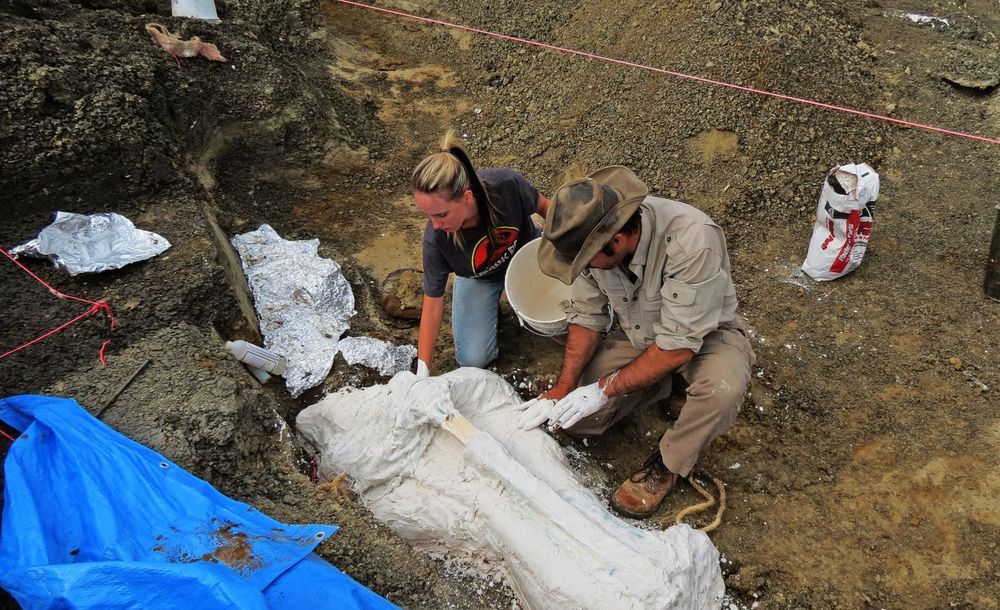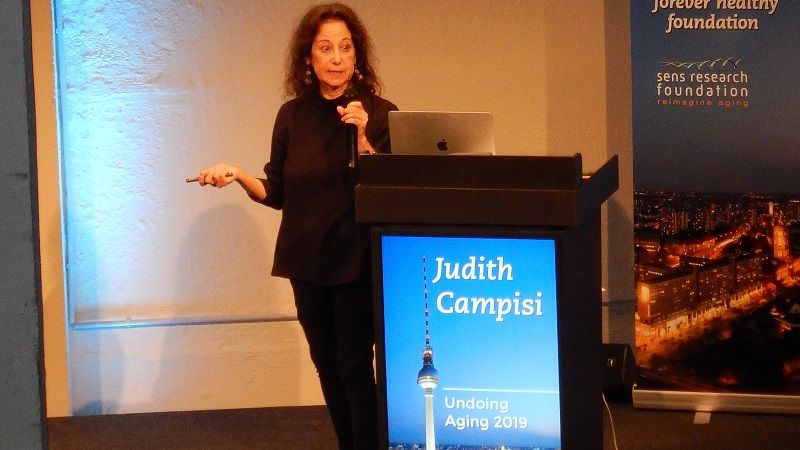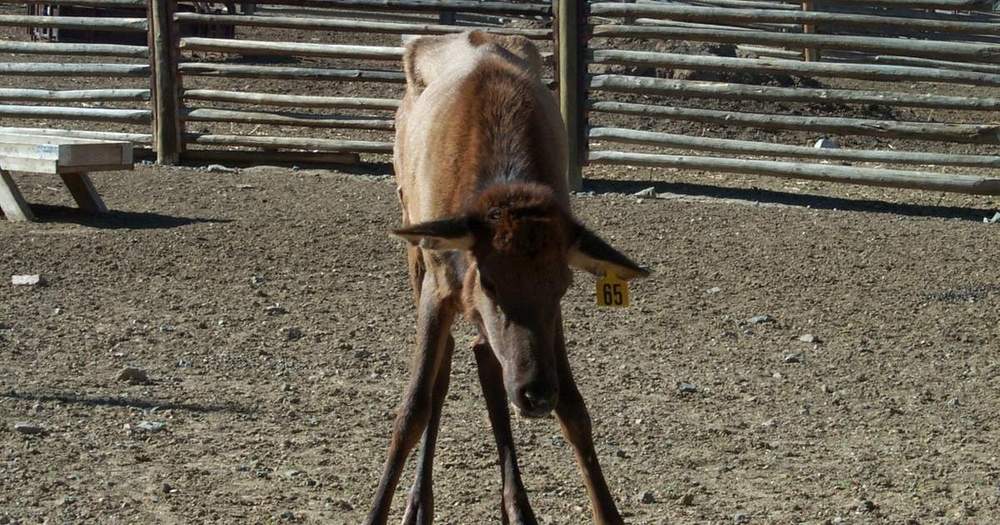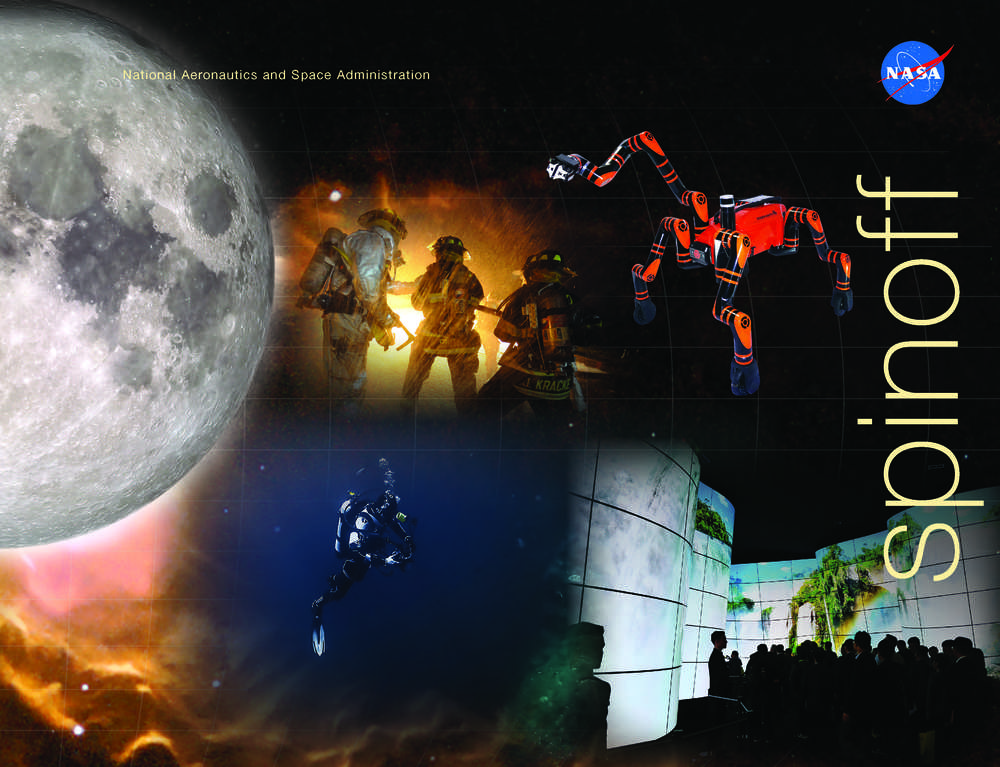White Rabbit
Recorded Live: 11/8/1975 — Winterland — San Francisco, CA
More Jefferson Starship at Music Vault: http://www.musicvault.com
Personnel:
Grace Slick — vocals
Paul Kantner — vocals, guitar
Marty Balin — vocals, percussion
David Frieberg — keyboards, bass, vocals.
Craig Chaquico — lead guitar
Pete Sears — bass, piano
Johnny Barbata — drums, vocals (on track #4)
Summary:
Recorded after the monumentally successful Red Octopus album release, but prior to 1976’s Spitfire album, this Jefferson Starship concert captures the band performing a diverse set before a hometown audience. With singer Marty Balin back in the fold, the group again contained the three primary vocalists from the Jefferson Airplane, now supported by vocalist, keyboardist, part-time bassist, and ex-Quicksilver Messenger Service member David Frieberg; the young guitar prodigy Craig Chaquico; and the superb rhythm section of bassist/pianist Pete Sears and drummer Johnny Barbata. The group was riding high on the multi-platinum Red Octopus album and was arguably at a new peak of popularity.
This set is not only represented by material from the early Jefferson Starship albums and a couple of Jefferson Airplane classics, but interestingly features live performances of material from Grace Slick’s first solo album plus two of the best tracks Marty Balin recorded with his post-Jefferson Airplane project, Bodacious D F.

